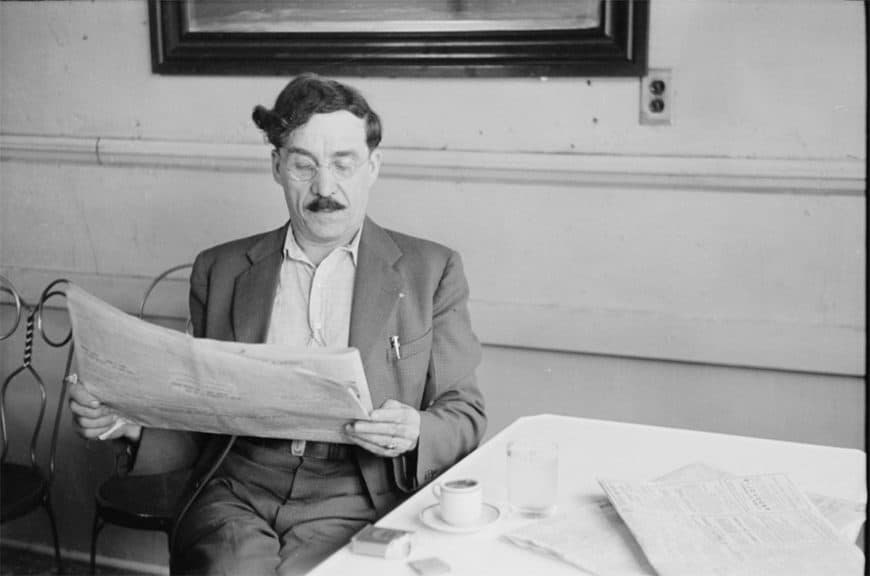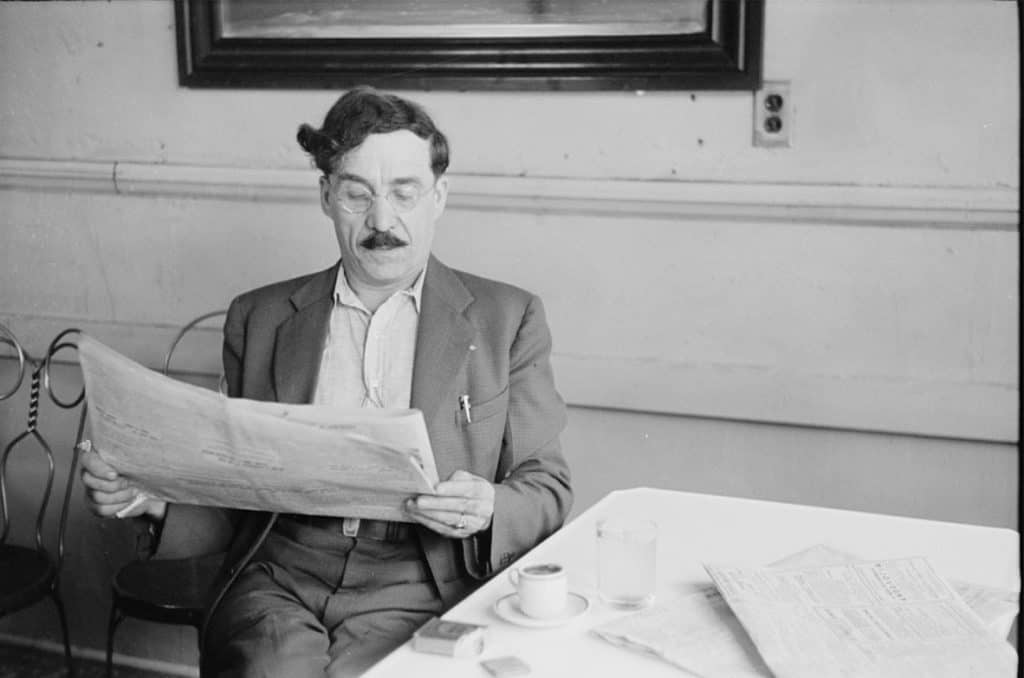
Coffee houses are more than just places to grab a latte—they’re hubs of conversation, ideas, and community. From their origins in the Middle East to today’s global cafés, these spaces have shaped how we socialize over a cup of coffee.
In this guide, we’ll trace the history of coffee houses, explore what they were like centuries ago, and see how they’ve evolved while staying true to their roots. Grab your favorite mug, and let’s dive into the story of coffee house culture.
What Is a Coffee House?
A coffee house, café, or coffee shop is an establishment that primarily serves coffee, often alongside pastries, snacks, or cold drinks like iced tea. Some European cafés even offer beer or wine, but the heart of every coffee house is its hot coffee drinks and a welcoming space to sit, relax, and chat. Whether you’re catching up with friends or reading the news, coffee houses offer a cozy spot to connect, much like they did centuries ago.
The Birth of Coffee Houses in the Middle East
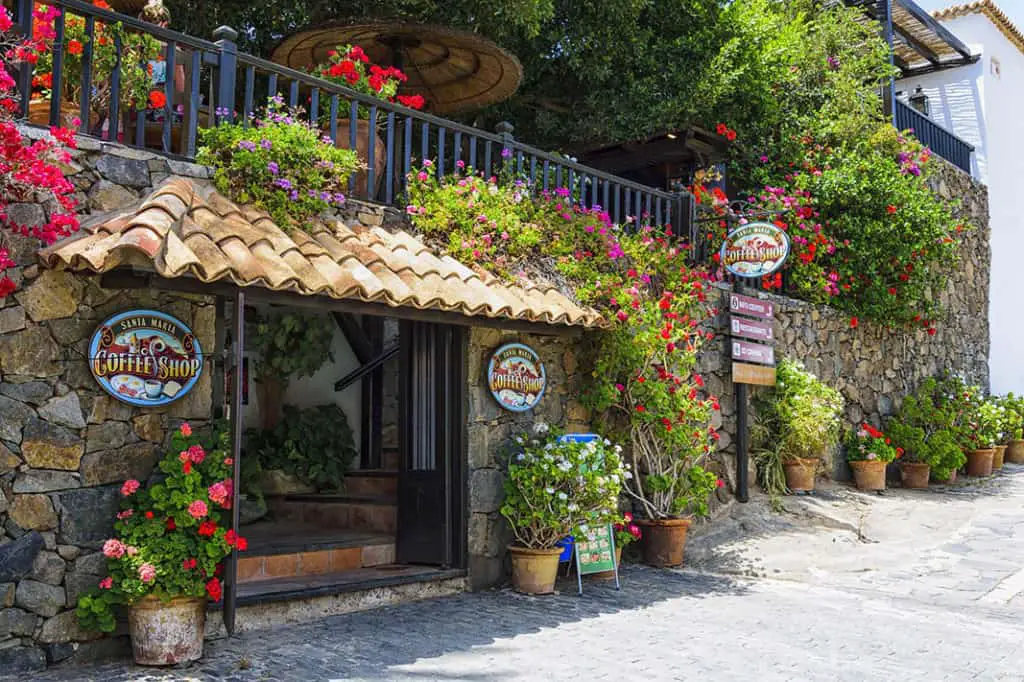
Coffee houses first emerged in the Middle East, with roots tracing back to the late 1400s or early 1500s in Mecca, Saudi Arabia. Known as qahveh khaneh (coffee houses), these venues sprang up as coffee, or qahwa, gained popularity after spreading from Yemen, where it was brewed by Sufi monks to stay alert during prayers. By 1475, Constantinople (modern Istanbul) welcomed its first coffee house, Kiva Han, marking a turning point in coffee culture.
In Mecca, coffee houses were more than drink spots—they were cultural hubs. People gathered to discuss politics, share stories, play chess, or listen to poets and musicians. A 17th-century French traveler, Jean Chardin, described these venues as lively, with debates, games, and moral teachings happening all at once, creating a hectic yet vibrant atmosphere. Coffee houses earned the nickname “Schools of the Wise” for their role in sparking ideas and discourse.
However, their popularity stirred trouble. By 1512, Mecca’s imams banned coffee and coffee houses, fearing they fueled political dissent against rulers. These bans, also seen in Cairo (1532) and Constantinople (1570), were short-lived.
In 1524, Ottoman Sultan Suleiman I overturned Mecca’s ban with a fatwa from Grand Mufti Mehmet Ebussuud el-İmadi, declaring coffee permissible. Coffee houses reopened, spreading to Damascus (1534), Aleppo, and beyond, cementing their place in Middle Eastern life.
Coffee Houses Reach Europe
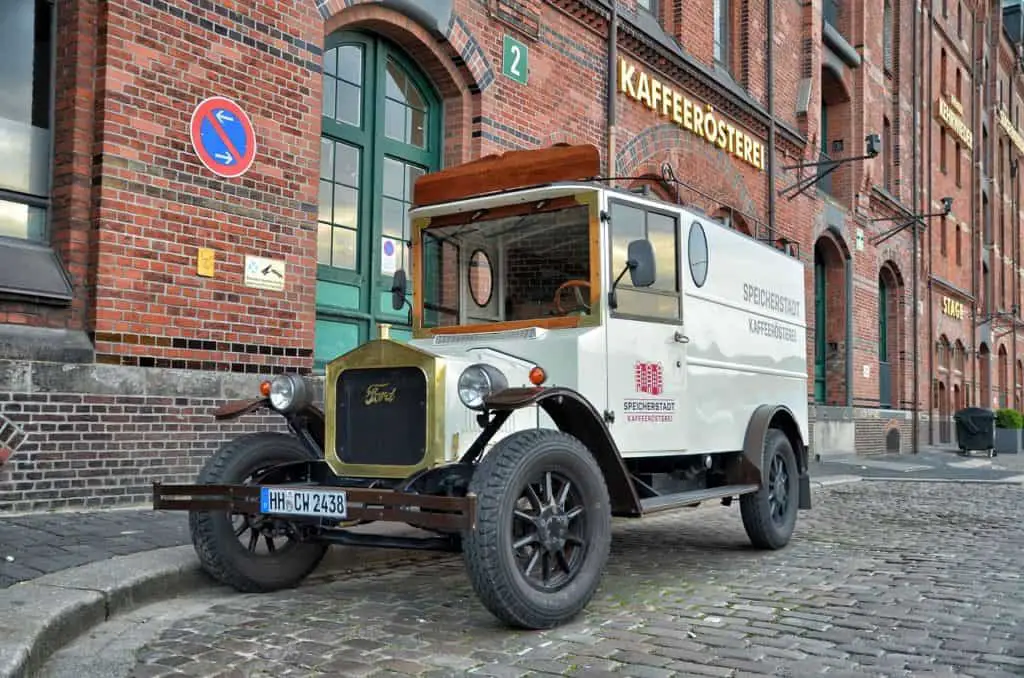
Coffee houses arrived in Europe via trade routes and Ottoman influence. Venice saw its first coffee house in 1645, followed by Oxford, England, in 1650, where “The Angel” became a hub for students. By 1652, Pasqua Rosée, a servant of a Turkish goods trader, opened London’s first coffee house in St. Michael’s Alley, sparking a revolution in social spaces.
In England, coffee houses offered a sober alternative to taverns, where ale was often safer than water. Boiling water for coffee killed bacteria, making it a safe, alcohol-free drink. For just a penny, patrons could spend hours debating politics, reading pamphlets, or trading news, earning coffee houses the nickname “penny universities.” They became hotbeds for ideas during the Enlightenment, attracting figures like Isaac Newton and poet John Dryden. Some, like Jonathan’s Coffee House, even birthed the London Stock Exchange.
But not everyone welcomed them. In 1675, King Charles II tried to shut down London’s coffee houses, fearing they bred sedition, but the ban lasted only 11 days due to public outcry. In the Middle East, Ottoman sultans like Murad IV (1633) imposed harsh penalties, including execution, to curb coffee house gatherings, but these efforts failed. Coffee houses thrived, shaping social and intellectual life.
What Were Coffee Houses Like?
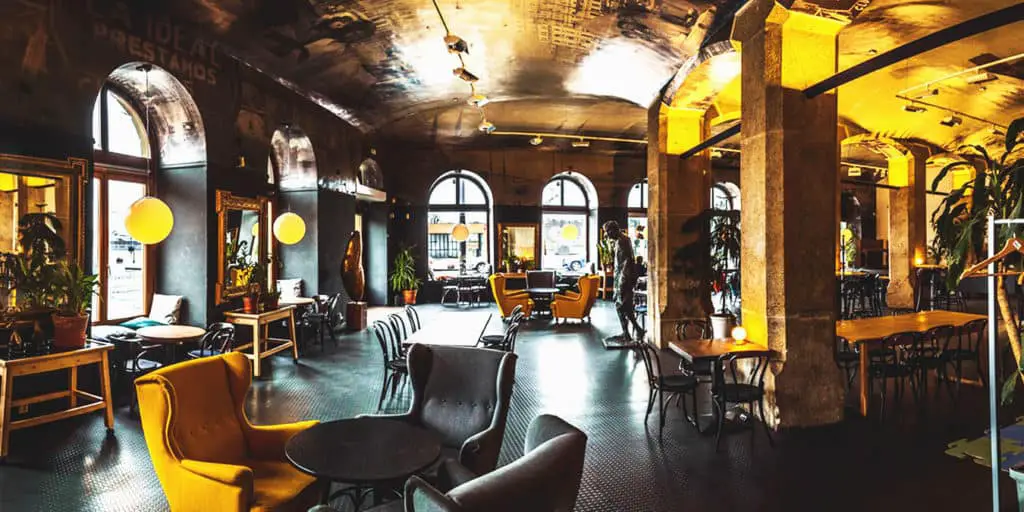
A 1500s Mecca coffee house differed vastly from a 1680s London one, yet both shared a core purpose: fostering connection. In the Middle East, qahveh khaneh were lively, often smoky spaces where men (women were rarely allowed) debated politics, played backgammon, or listened to storytellers. Coffee, brewed in a cezve (small pot) with cardamom or saffron, was served in small cups, symbolizing hospitality.
English coffee houses, by contrast, were more structured, with communal tables covered in newspapers. They catered to specific crowds—Whigs at the Grecian, poets at Will’s. Unlike taverns, they promoted sobriety, encouraging clear-headed debates. However, they weren’t inclusive; women were largely excluded unless they worked there, leading to the 1674 “Women’s Petition Against Coffee,” which humorously protested men’s obsession with coffee houses. This exclusion, a product of the era, is unthinkable today.
Across cultures, coffee houses were egalitarian in spirit. In the Ottoman Empire, anyone could order a cup, eroding social hierarchies. In Europe, they leveled class distinctions, letting merchants sit beside scholars. This openness made them cradles for revolutionary ideas, from Ottoman reforms to the French Revolution.
How Coffee Houses Evolved
By the 1700s, coffee houses were global. Vienna’s first, opened in 1683 by Franz Georg Kolschitzky using coffee left by retreating Turks, popularized filtered coffee with cream and honey. Paris’s Café Procope (1686) hosted Enlightenment thinkers like Voltaire.
In the Middle East, coffee houses remained cultural anchors. In Cairo, 643 bayt qahwa (coffee houses) buzzed with activity by the late 1600s. They were political hotbeds, hosting nationalist movements in the 20th century, like Egypt’s “al-Liwa” café, a hub for Mustafa Kamal’s party. Writers like Nobel laureate Naguib Mahfouz penned masterpieces in Cairene cafés.
Today, coffee houses blend tradition with modernity. In Saudi Arabia, events like the Jazan Coffee Festival and 2022’s Year of Saudi Coffee revive qahwa traditions, while sleek cafés by Starbucks or local chains thrive in Riyadh. Armenian ibrik brewing, perfected in the 1500s, still influences global techniques. Modern cafés offer Wi-Fi, artisanal brews, and inclusivity—everyone’s welcome, unlike the male-dominated spaces of old. Yet, the core remains: people gather to talk, work, or unwind over coffee.
Timeline of Coffee House Spread
Coffee houses spread rapidly from their Middle Eastern roots to Europe, transforming social life along the way. Starting in the late 1400s, these gathering spots popped up in cities like Constantinople and Mecca, reaching Venice and Oxford by the 1600s. The table below highlights key moments in this global expansion, showing how coffee houses became cultural hubs across centuries.
| Year | Location | Event |
|---|---|---|
| 1475 | Constantinople | Kiva Han, first recorded coffee house |
| 1512 | Mecca | Coffee houses banned, later reopened |
| 1534 | Damascus | Coffee houses established |
| 1645 | Venice | First European coffee house |
| 1650 | Oxford | The Angel opens in England |
Coffee Houses Today
Modern coffee houses echo their ancestors. You’ll still find groups debating news, friends sharing stories, or solo patrons reading—though now on phones or laptops. Chains like Starbucks coexist with artisanal cafés, offering everything from cardamom-infused qahwa to sugary Frappuccinos. In the Middle East, maqha (coffee houses) remain community hubs, especially in majlis gatherings, where coffee and dates signal hospitality.
Unlike the 1500s, today’s cafés are inclusive, welcoming all genders and backgrounds. They’ve also adapted to new roles—workspaces, date spots, or quiet retreats. Yet, their essence endures: a place to connect over a warm drink, just as people did in Mecca centuries ago.
Final Thoughts
Coffee houses have come a long way since their Middle Eastern origins, but their role as social and intellectual hubs remains unchanged. From sparking political debates in 1500s Mecca to fueling Enlightenment ideas in Europe, they’ve shaped history while staying true to their purpose. Next time you sip coffee at your local café, share this story with friends—you’re part of a tradition centuries in the making.

